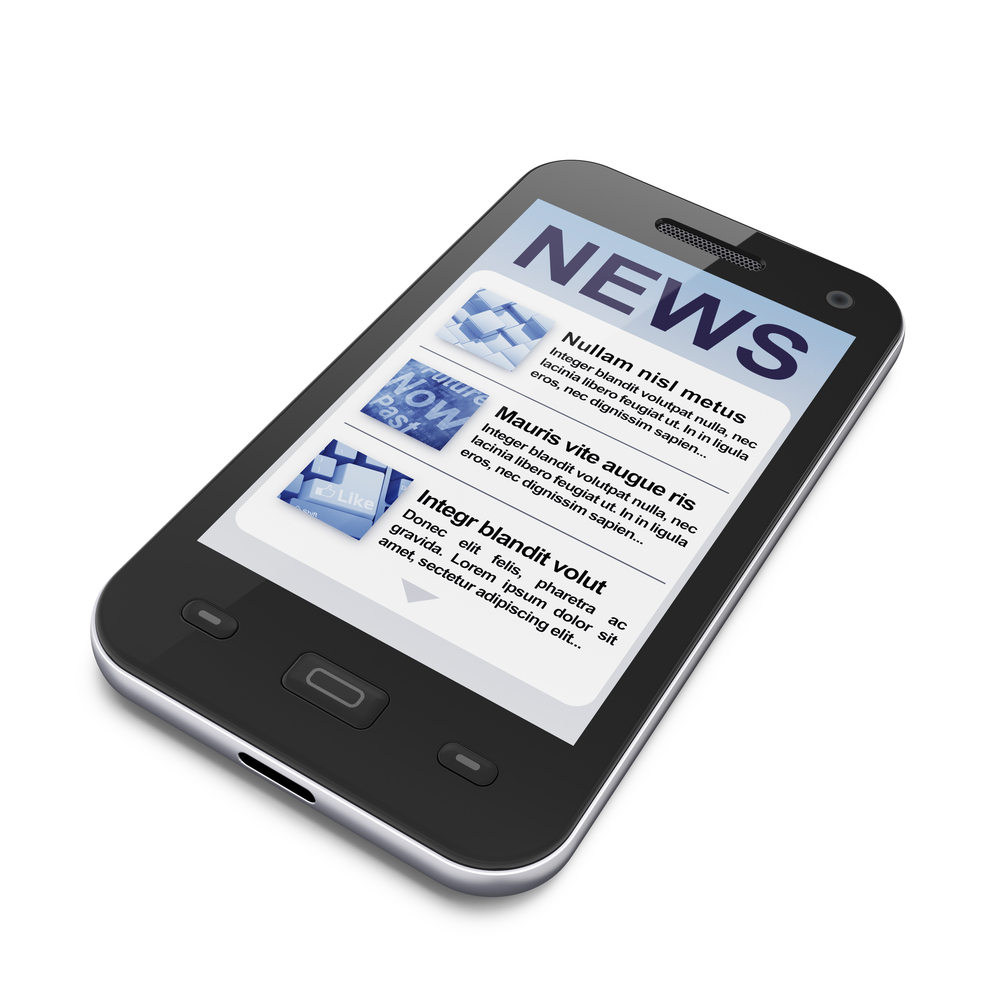It appears that Facebook is making progress in its metamorphosis from a purely social platform to a news aggregator. A Pew Research Center survey of more than 5,000 Americans revealed that one in three users check the network for headlines and 22 percent think it’s a useful way to stay on of timely updates.
This doesn’t necessarily mean people are logging into Facebook for a news content fix rather than chatting with friends or checking for interactions. Around 78 percent of respondents could be considered news opportunists because they mostly see timely content when they’ve gone to the site for another reason, most likely talking to friends or checking for personal updates.
Another important consideration is that Facebook’s capacity to deliver news doesn’t necessarily impact the way people regularly consume stories. Around 42 percent of the people who said they read headlines on the social network also watch local TV new programs and 21 percent continue to read print newspapers to stay on top of breaking stories.
This data casts another vote for brand journalism proliferating across the social and social landscapes. Facebook isn’t the only platform that’s playing up its potential as a news-delivery forum. LinkedIn also updated its method of surfacing social media content to give users the most timely and relevant information.
More, Google recently launched Media Tools, a platform that gathers all of the elements content writers need to turn a lead into a professionally packaged digital news story. The search engine has long been pushing publishers to create the kind of content that readers would expect to find in a reputable newspaper or magazine.
The barriers between traditional and digital media continue to fall, and brand marketers have the opportunity to share industry expertise. This can help to keep target audiences engaged as they’re pushed through the sales funnel.





